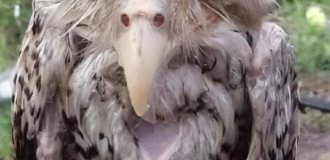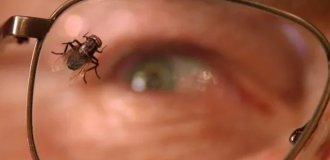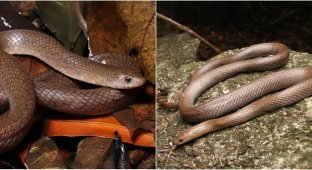A completely new species has been discovered that turns cave spiders into zombies (3 photos)
Scientists have explored cave systems on the island of Ireland and discovered a new species of fungus that can enslave spiders. 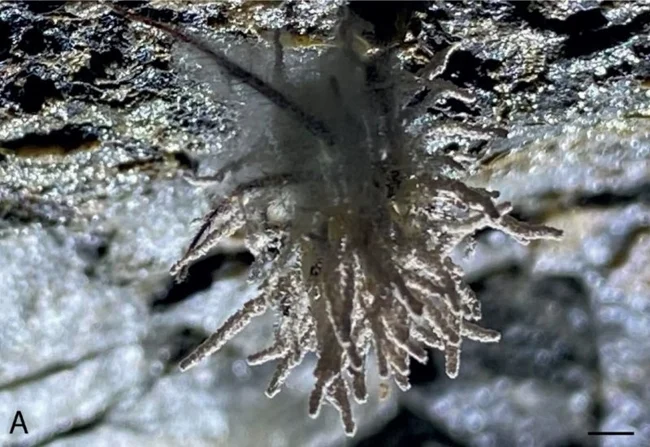
Scientists have recently been talking about fungi similar to the genus Ophiocordyceps, also known as zombie fungi. These species spread their pores to enslave animals and spread their pores even further. In a new study, scientists examined a cave system in Northern Ireland and discovered a new species.
The new study was led by CAB International Honorary Fellow Dr Harry Evans and included experts from the Natural History Museum of Denmark and the Royal Botanic Gardens, Kew. The scientists were exploring the cave systems when they came across a special fungus – morphological and molecular analysis showed that it was an entirely new species. 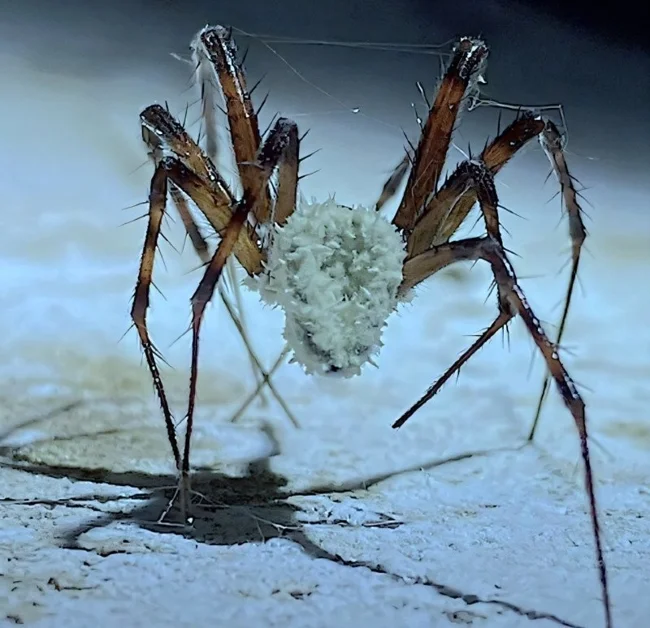
According to Evans, the new species was described and named after historian Sir David Attenborough, a pioneer of BBC natural history programmes. The new species has been named Gibellula attenboroughii and analysis suggests it is capable of attacking orb-weaving spiders and related spiders found in the caves.
The researchers studied the area and found spiders sitting on the ceiling, which is quite unusual. The fact is that these types of spiders usually live in cave walls and rarely appear in open places. The authors of the study also note that the new type of fungus, in fact, behaves the same way as fungi of the genus Ophiocordyceps, which were previously recorded in the Atlantic tropical forests. 
It is assumed that the fungus subdues the spider's body, and then forces it to move to an open area - for example, the ceiling. Such manipulation of the host, as scientists believe, contributes to the spread of the fungus.
The scientists also used historical herbarium records and literature searches to uncover hidden diversity within the genus Gibellula in the British Isles, as well as evidence of widespread disease epidemics in spiders in Norfolk and Wales.
The scientists now believe they should focus next on studying the fungus' role in spider population dynamics - more work will be needed, but the scientists are hopeful of unraveling the mystery.









